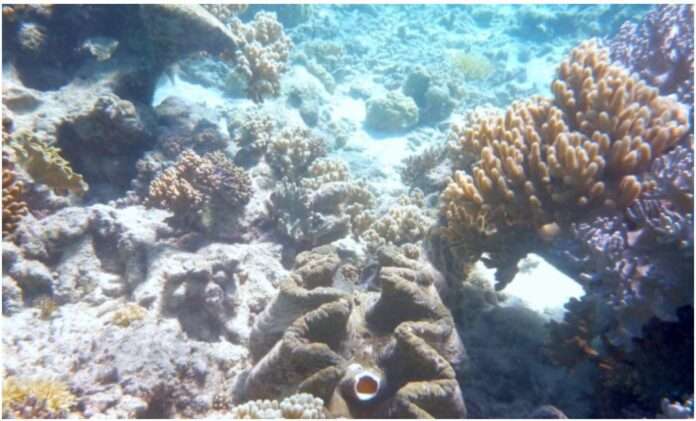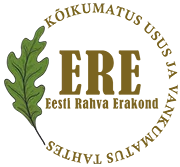Water on the Great Barrier Reef is still loaded with harmful farm pollutants and sediment despite efforts to fix it, a report card shows.
The new assessment, released by the federal and Queensland governments, comes as Australia fights to keep the reef off the list of World Heritage sites in danger.
There’s little in the latest report card that will make the job any easier, coming on the back of the latest mass coral bleaching event—the reef’s fifth in the past eight summers.
The report says there’s been very poor and poor progress on two key water quality threats driven by agriculture: dissolved inorganic nitrogen from fertiliser use, and sediment loads.
It confirms key targets designed to protect overall reef health, including corals and seagrasses, won’t be met by 2025.
That will be unwelcome news to United Nations (UN) authorities, given water quality woes were a key issue raised by a UN monitoring mission sent to Australia in 2022 to assess reef conservation and protection efforts.
That mission recommended the reef be listed as in danger but Australia was ultimately given more time to show it’s doing enough. The issue will come to a head again in July, when the World Heritage Committee meets.
The report card covers the period from 2021 and 2022, when the previous government was in power.
It found there was progress towards some water quality targets, mostly for particulate nutrients.
But progress was minimal for two damaging streams of pollution.
Dissolved inorganic nitrogen loads, driven by fertiliser use, was down by just 0.7 percent for the two years to June 2022.
The overall long term reduction was 28.4 percent but that’s less than half of the 60 percent target supposed to be achieved by next year.
It was a similar situation for harmful sediment suspended in waters that flow onto the reef, another problem driven by agriculture and land clearing.
By next year, sediment is supposed to be down by 25 percent but so far efforts have only achieved 16 percent, including a 0.8 percent reduction in 2021 and 2022.
The results were better for pesticide management with progress rated as good.
In 2021 and 2022, 97.4 percent and 95 percent of aquatic species, respectively, were deemed unlikely to experience harm from pesticides.
But that reef-wide assessment wasn’t true everywhere with some regions and catchments doing considerably worse than that.
In the Plane Creek catchment, for example, only 69.5 percent and 73.9 percent of aquatic species were deemed unlikely to experience pesticide harms in 2021 and 2022, respectively.
The Australian Marine Conservation Society says the lack of progress on targets, and ongoing land clearing are alarming.
Marine ecologist and reef campaigner Lissa Schindler says 47,519 hectares of land was cleared in reef catchments in the four years to 2021, undermining the hundred of millions being spent on water quality programs.
“The World Heritage Committee has recently expressed its concerns round progress on water quality. This is a fairly clear indication that that concern was warranted.”
Federal Environment Minister Tanya Plibersek says the report covers a time when major water quality programs were still in their infancy yet some progress was still made.
She says that will ramp up under multi-year projects funded by the federal and Queensland governments.
“Both governments have boosted their funding commitments since the period covered in the report card, with $945 million (US$628 million) committed to improve reef water quality and accelerate progress towards the water quality targets.”








